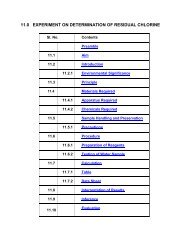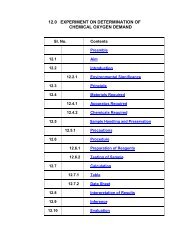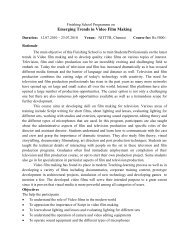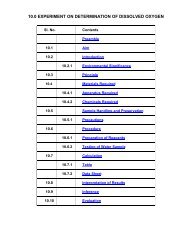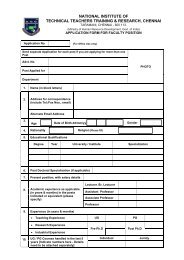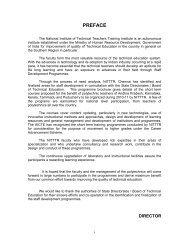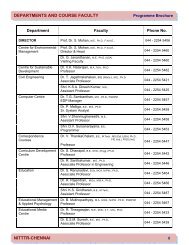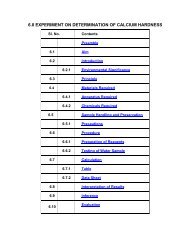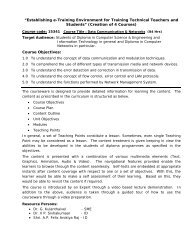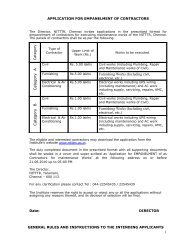DATA COMMUNICATION AND NETWORKS
DATA COMMUNICATION AND NETWORKS
DATA COMMUNICATION AND NETWORKS
You also want an ePaper? Increase the reach of your titles
YUMPU automatically turns print PDFs into web optimized ePapers that Google loves.
A port identifies a single application on a single computer.Socket = IP address + Port number111. How TCP differ from the sliding window protocols.TCP differs from the sliding window protocols in the following ways:1. When using TCP, applications treat the data sent and received as an arbitrary bytestream. The sending- TCP module divides the byte stream into a set of packets called segments,and sends individual segments within an IP datagram.- TCP decides where segment boundaries start and end.2. The TCP sliding window operates at the byte level rather than the packet (orsegment) level. The left and right window edges are byte pointers.3. Segment boundaries may change at any time. TCP is free to retransmit two adjacentsegments each containing 200 bytes of data as a single segment of 400 byte.4. The size of the send and receive window change dynamically.112. Explain how the TCP provides the reliability?A number of mechanisms provide the reliability.1. Checksum2. Duplicate data detection3. Retransmission4. Sequencing5. Timers113. What is a datagram socket?A structure designed to be used with connectionless protocols such as UDP.114. What is congestion?When load on network is greater than its capacity, there is congestion of data packets.Congestion occurs because routers and switches have queues or buffers.115. Define the term Jitter.Jitter is the variation in delay for packets belonging to the same flow.




